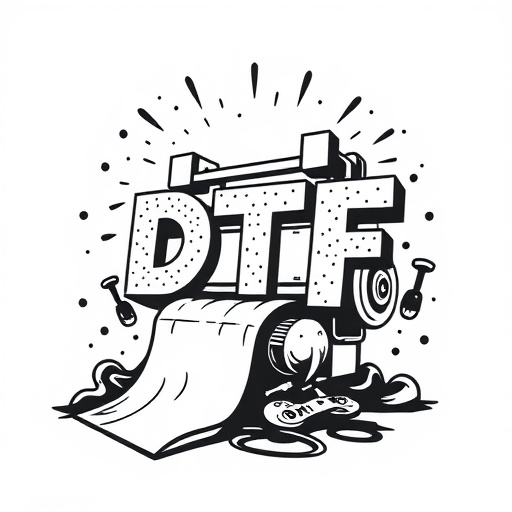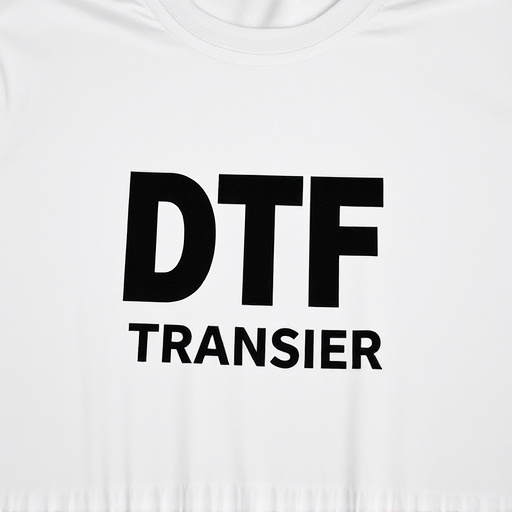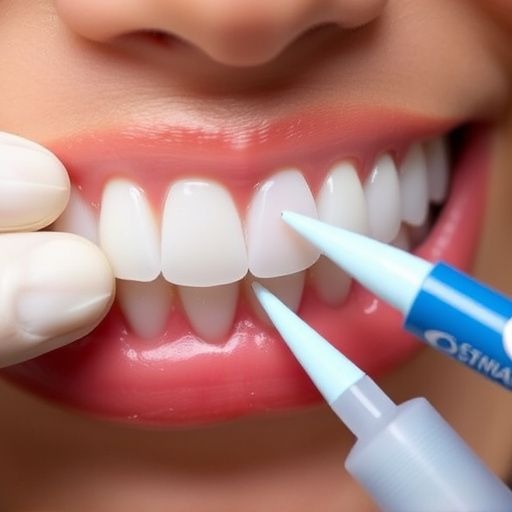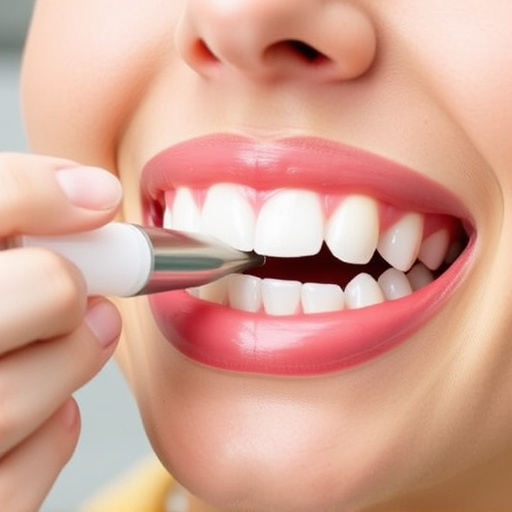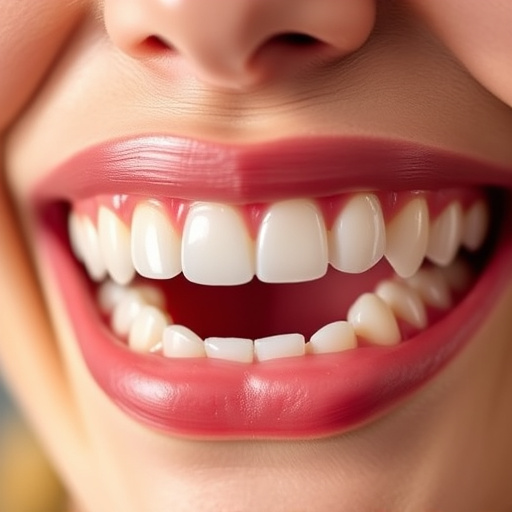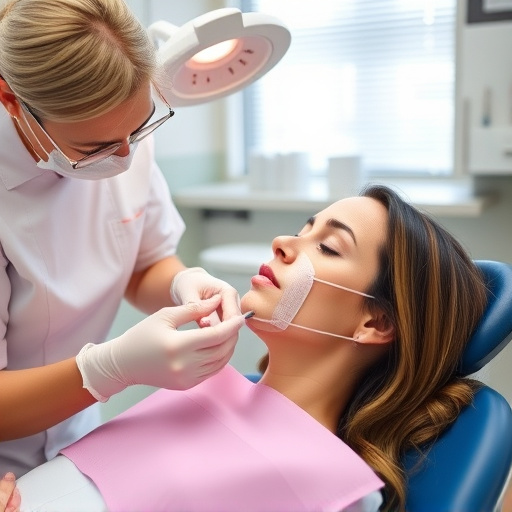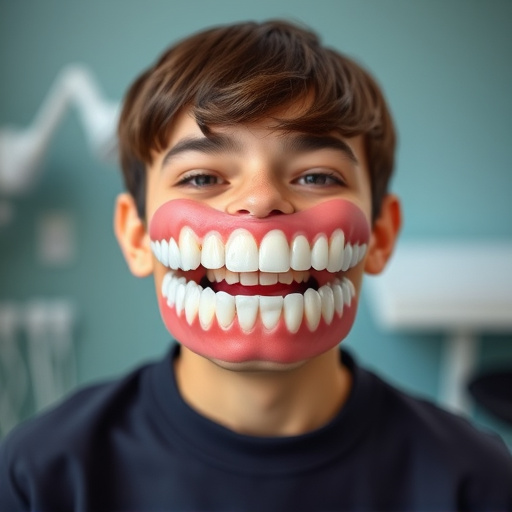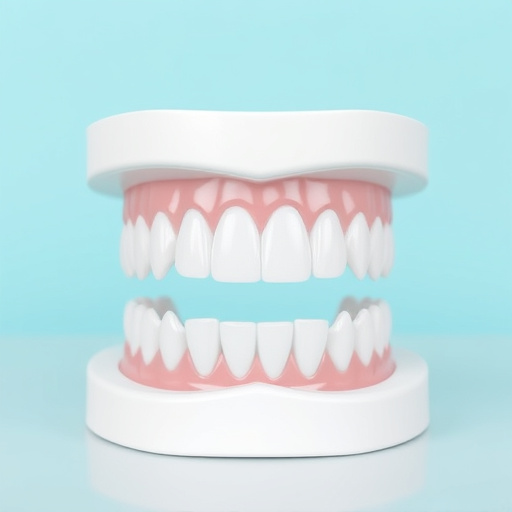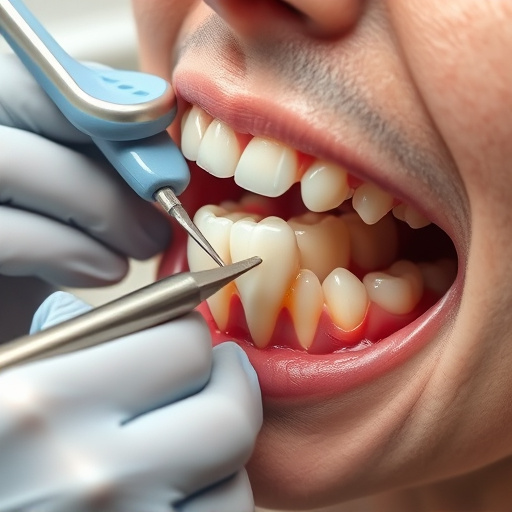A multilingual dental staff plays a pivotal role in enhancing accessibility and inclusivity within diverse communities, addressing communication barriers that often hinder immigrant patients from receiving adequate oral health care. By providing services in native languages, these staff members boost patient satisfaction, encourage proactive oral hygiene, and prevent costly procedures like extractions. This not only improves overall dental health but also fosters trust, reduces anxiety, and ensures accurate understanding of treatment plans, especially for routine and complex procedures, including children's dentistry and cosmetic dentistry.
In today’s diverse communities, streamlining dental visits through multilingual personnel is no longer a luxury but an essential aspect of accessible and inclusive healthcare. This article explores the multifaceted benefits of integrating multilingual dental staff, from enhanced patient satisfaction and comfort to breaking down language barriers. We delve into best practices for hiring and training such personnel, as well as implementing solutions that ensure seamless, culturally sensitive dental care for all patients, empowering them with the knowledge and support they need.
- The Benefits of Multilingual Dental Staff
- – Improving patient satisfaction and comfort
- – Breaking down language barriers for effective communication
The Benefits of Multilingual Dental Staff
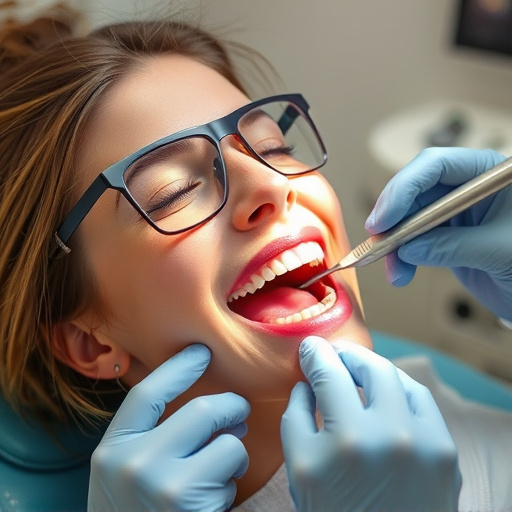
Having a multilingual dental staff brings numerous advantages to both patients and dental practices. One of the key benefits is improved accessibility and inclusivity. In a diverse society, many individuals, especially those from immigrant backgrounds, may face communication barriers when visiting the dentist. A staff that speaks multiple languages ensures these patients receive the same level of comprehensive dental care as everyone else. This is crucial for maintaining overall oral health, as timely check-ups and treatments can prevent more complex (and costly) procedures down the line, such as tooth extractions.
Moreover, multilingual dentists facilitate better understanding and education. They can communicate effectively with patients about their specific dental needs, explain restorative dentistry options, and provide aftercare instructions in a language they understand. This not only enhances patient satisfaction but also encourages proactive oral hygiene practices, resulting in healthier teeth and gums over time.
– Improving patient satisfaction and comfort
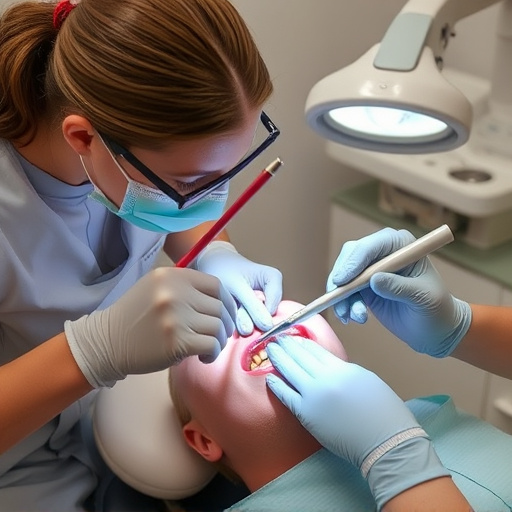
Having a multilingual dental staff significantly enhances patient satisfaction and comfort, especially in diverse communities. When patients can communicate freely with their caregivers, it fosters trust and ensures accurate understanding of treatment plans. This is crucial for both routine preventive dentistry visits and complex restorative procedures, as clear communication reduces anxiety and improves adherence to care instructions.
Furthermore, multilingual dental teams play a pivotal role in providing specialized care for diverse patient populations, including children’s dentistry services. By offering services in multiple languages, dental clinics can cater to the needs of non-native speakers, ensuring they receive the same level of attentive and culturally sensitive care as English-speaking patients. This inclusive approach not only improves overall patient experiences but also encourages regular dental check-ups, contributing to better oral health outcomes for all.
– Breaking down language barriers for effective communication
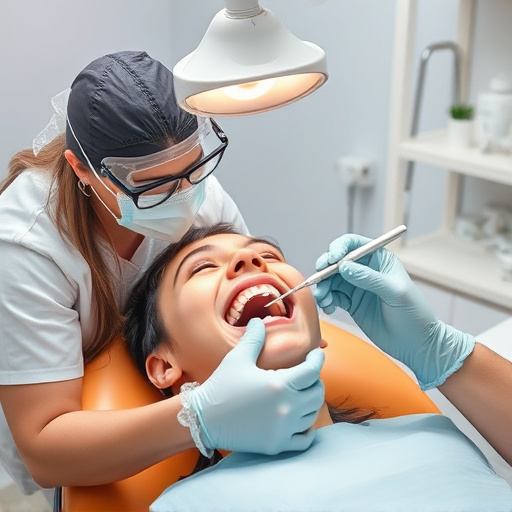
Effective communication is key to a successful dental visit, and for practices with a diverse patient base, this often involves overcoming language barriers. A multilingual dental staff is an invaluable asset in ensuring every patient feels heard and understood. By offering services in multiple languages, dentists can break down these barriers, fostering a welcoming environment for folks from all cultural backgrounds.
This simple yet powerful step significantly improves patient experience, especially for those who might otherwise feel anxious or unsure during their routine oral exams or teeth cleaning appointments. With skilled multilingual professionals on hand, patients can easily express concerns, follow treatment plans, and receive clear explanations tailored to their specific needs, whether it’s discussing the latest in cosmetic dentistry or understanding preventive care options.
By incorporating multilingual dental staff, practices can significantly enhance patient experiences, especially in diverse communities. Effective communication bridges the gap between patients and caregivers, fostering trust and satisfaction. This approach not only improves access to care but also ensures that every patient receives personalized, quality dentistry, ultimately benefiting both the individual and the community at large.



